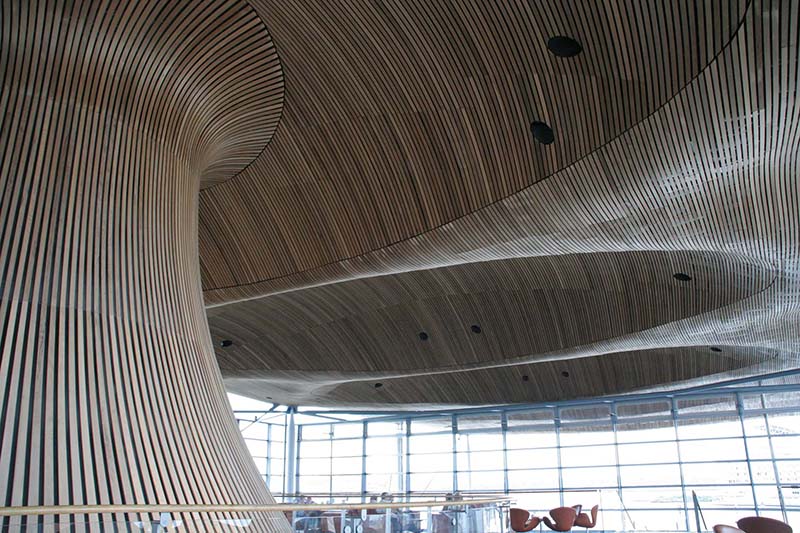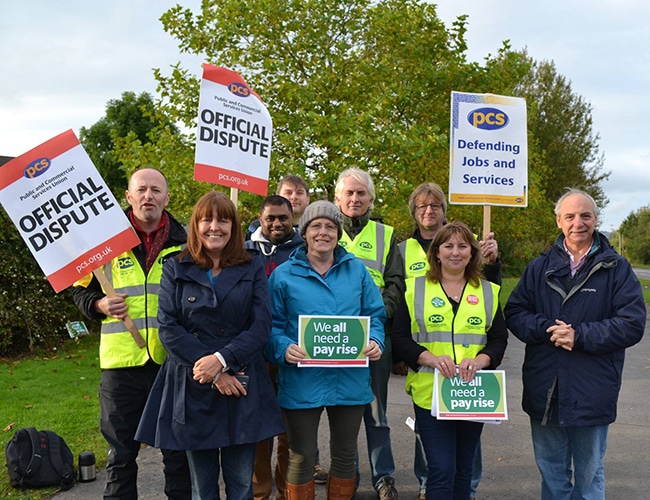- 08/06/2015
- Posted by: Mike Hedges MS
- Category: Uncategorized

There are two statements that have almost unanimous support. The first is that we cannot keep on reorganising local government every 20 years and that the second is that the current 22 authorities is not the right number for sustainable local government. Interestingly at the time of the last local Government reorganisation there was almost unanimous support for the creation of unitary authorities with most of the criticism, except by existing County Councillors, was the merging of district councils to create the new unitary authorities. At the previous reorganisation it was again almost unanimously agreed that the small urban and rural district councils needed to be merged into larger district councils. It was also agreed that we needed uniformity across Wales and that led to the end of the previous county boroughs that were unitary authorities.
To change the number of local councils in Wales will inevitably be expensive and time consuming so if it is going to be done it must create authorities large enough to provide services but small enough to make residents feel connected.
Every suggestion so far has been based upon the existing Councils that were created in the mid 1990s. I suggest using the District Councils created in 1993 would provide smaller building blocks and an opportunity to draw a map much closer to communities. Obviously to split existing authorities will be more disruptive and slightly more expensive but if we want a long term solution then we need to accept disruption and also not be tied to boundaries, such as health boards, which may well change in the next few years.
Assuming that the Councils will continue to provide Education and Social Services then a population of over 200,000 is needed. I also remain unconvinced that Powys has to be left alone; if you need 200,000 people to provide services then it has to apply to all of Wales.
Suggested make up of such a map
North West Wales-Gwynedd, Aberconwy and Ynys Mon/ Anglessey, Dwyfor, Merionydd and Arfon
North East Wales- Alyn and Deeside, Colwyn, Delyn, Glyndwr, Rhuddlan and Wrexham Maelor
Central Wales- Ceredigion, Dinefwr, Brecknock, Radnorshire , Montgomeryshire
South West Wales- Preselli Pembrokeshire , South Pembrokeshire, Llanelli and Carmarthen
West Glamorgan- Lliw Valley, Neath, Port Talbot and Swansea
Mid Glamorgan – Ogwr, Rhondda and Taff Ely
East Glamorgan- Rhymney Valley, Cynon Valley and Merthyr Tydfil
South Glamorgan- Cardiff and Vale of Glamorgan
North Gwent- Monmouth, Torfaen and Blaenau Gwent
South Gwent Newport and Islwyn
These smaller building blocks give a greater opportunity to try and get a structure that is closer to communities.
Of course within that there is a case for minor alterations for example the Ystradgynlais area of Brecknock could come into West Glamorgan and with the Amman valley could move from Mid Wales to South West Wales.
I do not believe everyone will see this map as the ideal solution but I hope people find it a great deal more rational than that produced by the Williams commission and that it c act as the basis for further discussion.
If however Social Services and Education are removed from Local Government Control or the functions carried out by area boards then there is, in my opinion, no need to change to larger councils.
In England services are divided as follows.
Non Metropolitan County = Education, Strategic Planning, Passenger Transport, Highways, Fire, Social Services, Libraries & Waste Disposal
Non Metropolitan District = Planning Applications, Housing, Leisure & Recreation, Waste Collection, Environmental Protection, Revenue Collection
Unitary Authority = Education, Strategic Planning, Passenger Transport, Highways, Fire, Social Services, Libraries & Waste Disposal, Planning Applications, Housing, Leisure & Recreation, Waste Collection, Environmental Protection, Revenue Collection
Also the English Unitary authorities have control of Fire which in Wales has been organised into three Fire Authorities.
Derbyshire alone has eight district Councils plus Derbyshire County Council and Derby as a Unitary Authority with a population of about 1 million. It would appear that the size of the smaller Councils in Wales is suitable to act as a District Council but not to carry out the County functions that are carried out by unitary authorities.
I believe that we have three options
1) Approximately 10 Unitary Authorities carrying out the current Council functions
2) The current Council structure but with Education, Social Services and regional planning carried out by joint boards
3) The current Council Structure but with some other body in charge of Education, Social Services and Regional planning.

